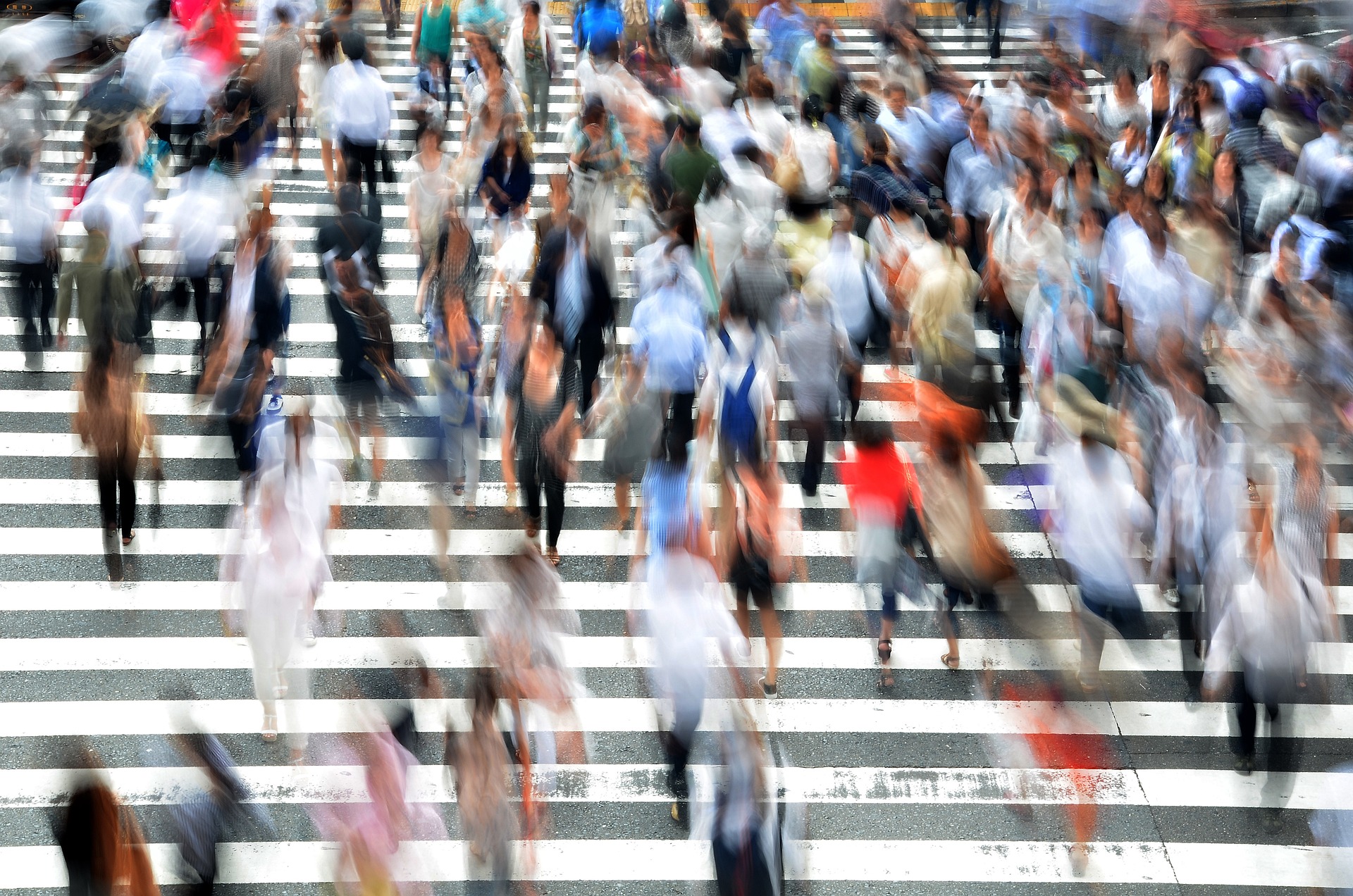Decoding the Language of Emojis: A Sociocultural Perspective
In the realm of digital communication, emojis have evolved from fun, quirky symbols to a complex language that shapes our interactions and expressions. They offer a colourful, vivid way to convey emotions, ideas, and narratives, transcending linguistic barriers. This article deciphers the sociocultural implications of this 'emoji language', revealing how it reflects and influences contemporary society. Read below to delve into the fascinating world of emojis.
Emojis: A Brief History
Emojis were born in 1999, the brainchild of Japanese artist Shigetaka Kurita. He designed 176 digital pictograms to enhance the expressivity of text-based communication. Over the past two decades, these symbols have grown to more than 3,000, covering everything from facial expressions and hand gestures to food, animals, and cultural icons.
The Sociocultural Rise of Emojis
Emojis have gained remarkable popularity in the digital age, becoming an integral part of our everyday communication. They have transcended the borders of personal chats, permeating professional emails, social media, advertising, and even literature. Emojis help us convey nuanced emotions that text alone might fail to express, and their universality has made them a global language.
Emojis as Socio-cultural Signifiers
Emojis carry socio-cultural significance. They mirror societal changes and trends, with new emojis being introduced to reflect cultural shifts. For example, the introduction of different skin tones and gender-neutral emojis signified a step towards inclusivity. In a way, emojis have become digital signifiers of identity, allowing individuals to express their gender, race, nationality, or cultural affiliations.
The Power and Pitfalls of Emojis
The power of emojis lies in their ability to express complex emotions and ideas in a simple, visually appealing way. They have enhanced our ability to communicate, adding a layer of emotional nuance that traditional text often lacks. However, they are not without pitfalls. The interpretation of emojis can vary across cultures, leading to miscommunications. Moreover, over-reliance on emojis may limit our verbal expressivity.
Emojis and the Future of Communication
Emojis, like any language, are evolving. Their increasing complexity and diversity suggest a future where they could become a standalone digital language. As we continue to integrate technology into our lives, the role of emojis in shaping our communication and cultural expression will undoubtedly grow.
In conclusion, emojis offer a fascinating lens through which to view societal and cultural shifts. They not only enhance our digital communication but also serve as socio-cultural markers, reflecting and shaping the way we express our identities and emotions. As we move further into the digital age, it will be interesting to see how this colourful language continues to evolve.







